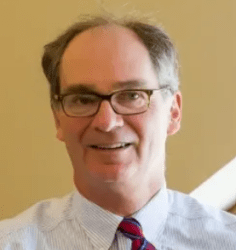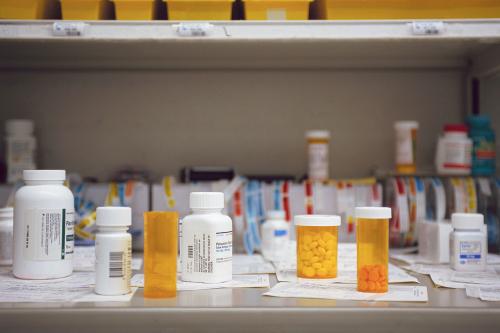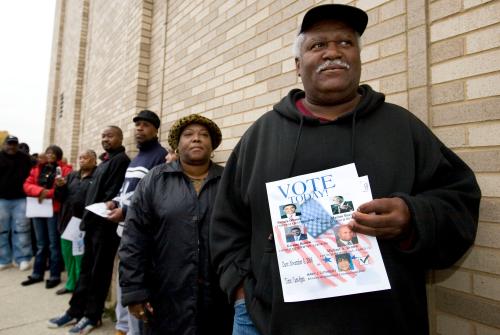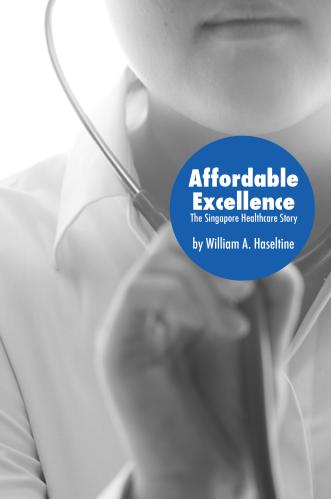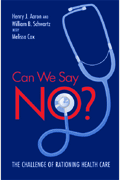The current lull in healthcare spending in the US is unlikely to last, with the sector continuing to grow 1.2 percent above real GDP growth for the coming decades, according to a new paper presented today at the Fall 2013 Conference on the Brookings Papers on Economic Activity (BPEA). Although it is an improvement of half over the recent average of 2.4 percent growth, even exceeding GDP growth by this amount means that the healthcare sector will be close to 25 percent of GDP in 20 years. The paper has implications for policymakers given that it is unlikely that the healthcare cost curve can “bend” dramatically.
In “Is This Time Different? The Slowdown in Healthcare Spending,” Amitabh Chandra and Jonathan Holmes of Harvard University and Jonathan Skinner of Dartmouth College examine healthcare trends, finding that the recent moderation in healthcare spending of the past five years is likely to be an exception. Healthcare consumes nearly 18 percent of US GDP, making the US the world’s leader in both the level and growth rate of spending on healthcare. They note that one important indicator has not shown any slowdown of late: hiring in the healthcare sector. Given that “57 percent of overall healthcare expenditures are labor costs, it seems unlikely that we would expect to see a permanent bending of the cost curve without a commensurate shift in employment rates,” they write.
Looking farther back in time, the authors note that the US experienced a similar healthcare downturn in the early 1990s before costs came roaring back later in the decade. They also find little evidence that the Great Recession alone was the cause of the recent moderation given that income effects in healthcare are small — or that the 2010 Affordable Care Act could have caused spending to go down, given that is has not been implemented yet.
Chandra, Holmes and Skinner argue that healthcare cost models are complicated, with the government and private sector exhibiting very different dynamics during this latest moderation: private insurance prices escalated in turn causing private patients to consume less services, whereas Medicare as a government entitlement program was untethered from the economic downturn. For these reasons, they argue that researchers should consider a more disaggregated model of health care, complete with a specification of the factors such as reimbursement rates, prices, and technological developments for public and private services. In addition, they note that technology is the primary driver of increasing healthcare costs, with little evidence of slowdowns in this field any time soon.
They caution that projecting future growth is challenging, recognizing the possibility of newly developed accountable care organizations (ACOs) and other parts of the Affordable Care Act (ACA) on cost containment. “On the one hand, increased Medicaid enrollment will lead to greater healthcare spending, but on the other, the impact of scaled back Medicare reimbursement rates will reduce Medicare spending growth.” They also believe there are possibilities that insurance companies, emboldened by an increase in market share from getting more patients from exchanges and the Medicare Advantage program, could restrain the growth of healthcare spending by reducing coverage of expensive and unproven therapies in favor of cheaper ones, as ACOs could as well. “Yet ultimately, we still must be concerned about the long-term technology pipeline that could continue to deliver new and expensive technology with very modest medical benefits, but very poor value for the dollar,” they write.
Their estimate that healthcare costs will grow at GDP plus 1.2 percent for the next few decades is “lower than previous estimates but still on track to cause serious fiscal pain for the U.S. government and employees who bear the cost of higher premiums in the form of lower wages.”

